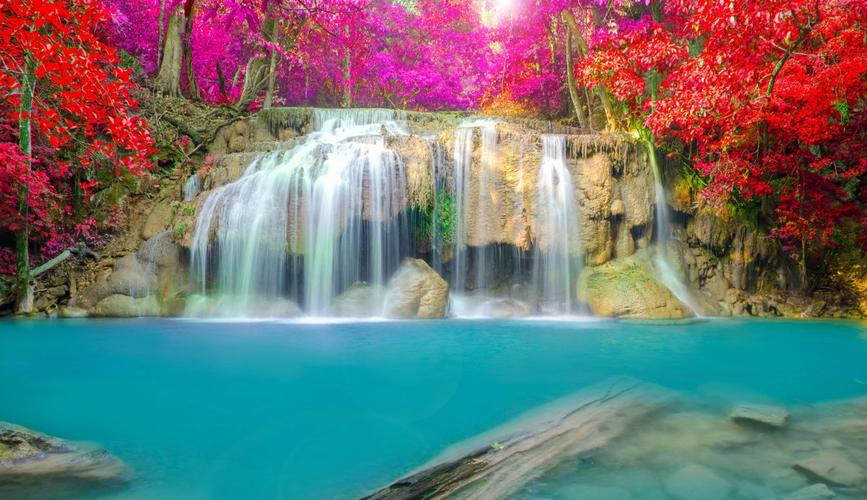Exploring the Wonders of Olympic National Park Backpacking: A Detailed Guide
Olympic National Park is a vast wilderness area located on the Olympic Peninsula, in the Pacific Northwest of the United States. The park offers a variety of activities, including wildlife watching, kayaking, hiking, and backpacking. Backpacking in Olympic National Park is a unique experience that allows visitors to explore some of the most remote and untouched parts of the park. In this guide, we will explore the wonders of Olympic National Park backpacking, and provide a detailed guide to help you plan your trip.
The Best Time to Go Backpacking in Olympic National Park
The best time to go backpacking in Olympic National Park is during the summer months, from June to September. During this time, the weather is mild, and the trails are more accessible. However, the park is popular during this time, and campsites can fill up quickly. If you’re looking for a quieter experience, consider going during the shoulder season, in May or October. The weather may be colder, but the crowds will be fewer, allowing you to enjoy the park in peace.
Getting There and Getting Around
There are several ways to get to Olympic National Park, depending on your location and transportation preferences. The most commonly used airports are Seattle-Tacoma International Airport and Portland International Airport. From there, you can rent a car, take a bus, or arrange for private transportation to the park.
Once you’re in Olympic National Park, there are several ways to get around. The park has a vast network of trails, ranging from easy to difficult, that allow you to explore the park on foot. However, there are also several roads that lead to popular areas of the park, such as Hurricane Ridge and Sol Duc. These roads are accessible by car, and you can park at the trailheads to begin your backpacking adventure.
Choosing Your Backpacking Route
There are several backpacking routes in Olympic National Park, each offering a unique experience. The Hoh River Trail is a favorite among backpackers, as it takes you deep into the rainforest, with opportunities to see wildlife such as Roosevelt elk and black bears. The High Divide Loop is another popular route, offering stunning views of the Olympic Mountains and the Pacific Ocean. Other backpacking routes include the Ozette Loop, the Enchanted Valley, and the Royal Basin.
When choosing your backpacking route, consider the level of difficulty, the length of the trail, and the terrain. Some trails may require more experience and physical fitness than others, and the weather can also play a factor in how challenging the trail will be.
Planning Your Backpacking Trip
Before you embark on your backpacking adventure in Olympic National Park, it’s essential to plan your trip thoroughly. Start by getting a map of the area and familiarizing yourself with the trail you will be hiking. Pack all the necessary gear, including a tent, sleeping bag, food, water, and a first aid kit. Remember to pack lightweight and compact items, as you will be carrying everything on your back.
Make sure to obtain any required permits before embarking on your backpacking trip. Olympic National Park requires backcountry permits for all overnight stays, and some areas may have additional restrictions or permits required.
Conclusion
Backpacking in Olympic National Park is a unique and memorable experience that immerses you in the park’s beauty and wilderness. By following this detailed guide and planning your trip carefully, you can explore the wonders of Olympic National Park and create memories that will last a lifetime. Remember to respect and protect the park, and leave no trace of your visit. Happy trails!
(Note: Do you have knowledge or insights to share? Unlock new opportunities and expand your reach by joining our authors team. Click Registration to join us and share your expertise with our readers.)
Speech tips:
Please note that any statements involving politics will not be approved.
